“Japanese Pottery”, which is called as “Touji-ki” (陶磁器) or “Yaki-mono” (焼もの) in Japanese, is one of Japanese remarkable culture and crafts should be highly praised in terms of not only the function but the Art. These potteries are often used as tableware.
There are many kinds of Japanese Pottery, but I want to tell you my favorite ones!
Japanese Potteries live with Japanese foods
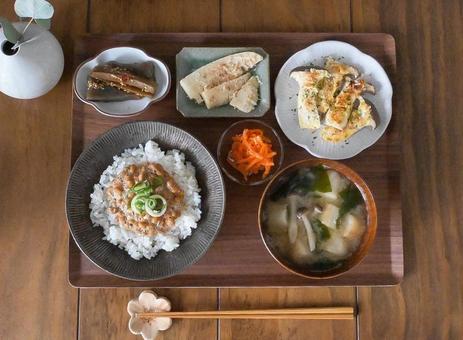
Japanese food isn’t just for eating, it is sometimes so beautiful, especially stands out with tableware, Japanese potteries.
I think this kind of the hospitality is the same in US or any other countries.
One of the differences is that Japanese likes use many kinds of tableware every day, and usually uses Japanese potteries to have meals.
5 types of potteries I love
Surprisingly, there are over 50 famous pottery-making towns and districts in Japan, and each place has its own distinctive pottery culture, characteristics and differences in terms of the clay, glazing and firing method. These elements make a different atmosphere by each regional pottery.
There is a long history in each region. Each history has been created by highly skilled craftsmen for a long time.
Below is a list of the regional potteries I love.
Let’s see the differences of these and how I love these potteries!
1. Arita-yaki (有田焼, made in Saga Prefecture)
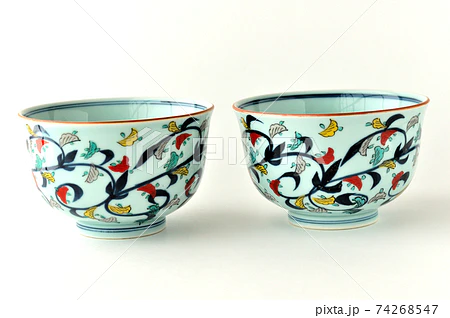
Arita-yaki is one of the prominent pottery types in contemporary Japan.
It is also known as Imari-yaki (because they used to export these pieces to Europe from the Imari port), is known for its beautiful white porcelain and elegantly painted designs over glazed with vivid colors, especially indigo blue and red.
Long time years ago, I visited Arita and bought two tea cups. I gave these to my foreign friend, and she was so glad!! It’s good things for souvenir!
2. Hasami-Yaki (波佐見焼, made in Nagasaki Prefecture)
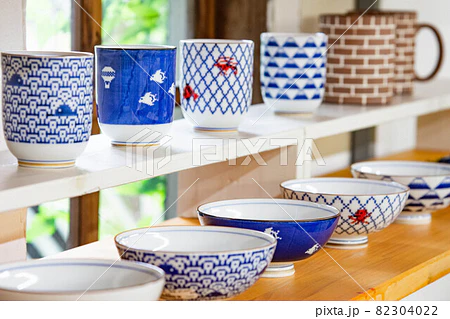
Hasami-yaki is usually used as dishes and tableware, and it is a kind of commodity to the lives of Japanese people. It appeared in the Edo period, and has a long history of over four hundred years. It is a very popular pottery style among the Japanese for its simple looks and smoothness.
Hasami-yaki has been developed to fit modern kitchen style these days. I put these on the the dining table. Their simple texture and designation of these is so nicely fitting on it!!
3. Shigaraki-yaki (信楽焼, made in Shiga Prefecture)
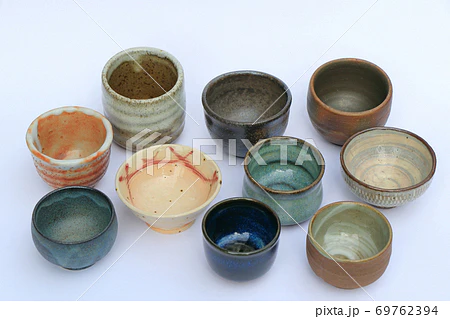
Shigaraki-yaki is a type of stoneware pottery.
The material used is relatively rough, bulky, and resistant to heat. This makes it suitable for large pieces such as tiles, charcoal braziers, clay pots, and of course, raccoon dog (“Tanuki”) figures. You can find them across the country.
My impression is that Shigaraki-yaki were often used in my childhood. These have a lot of warmth, as you know by their color.
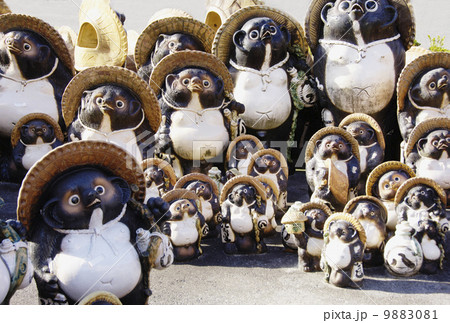
4. Kutani-yaki (九谷焼, made in Ishikawa Prefecture)
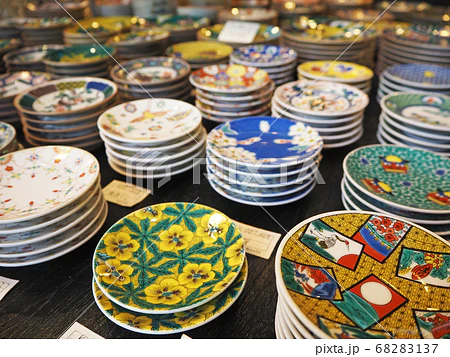
Kutani-yaki is most recognizable for its vivid colorings and elegant patterned designs.
Long time ago in the winter season, heavy snowfall cut the village’s access with the nearest cities for the entire season, and supposedly they made the unique and intricate designs inspired by natural landscapes and wild scenes.
The shapes and colors are very much in the Japanese color wheel, the overall style is also quite reminiscent of European rococo.
There are many kinds of small plates, and I’m always enjoying to chose anyone from lots of plates. I believe it’s not easy for you to chose one or a few plates!!
5. Mino-yaki (美濃焼, made in Gifu Prefecture)
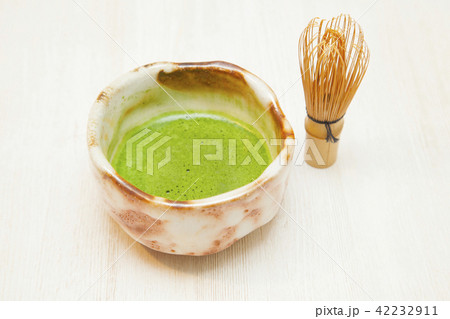
Mino-yaki stands among the most popular types of Japanese ceramics.
The region is said to date as back as the 7th century and reached peak popularity around the 11th century when it started to focus on producing ware meant for tea (“Matcha”) ceremony.
As mentioned, I saw many times that Mino-yaki was often used for tea ceremony. If you would like Matcha, it’s a good candidate you should buy!!
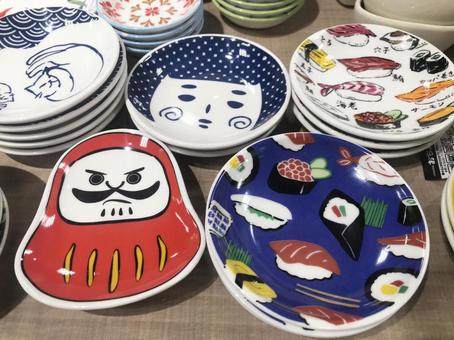


Comments